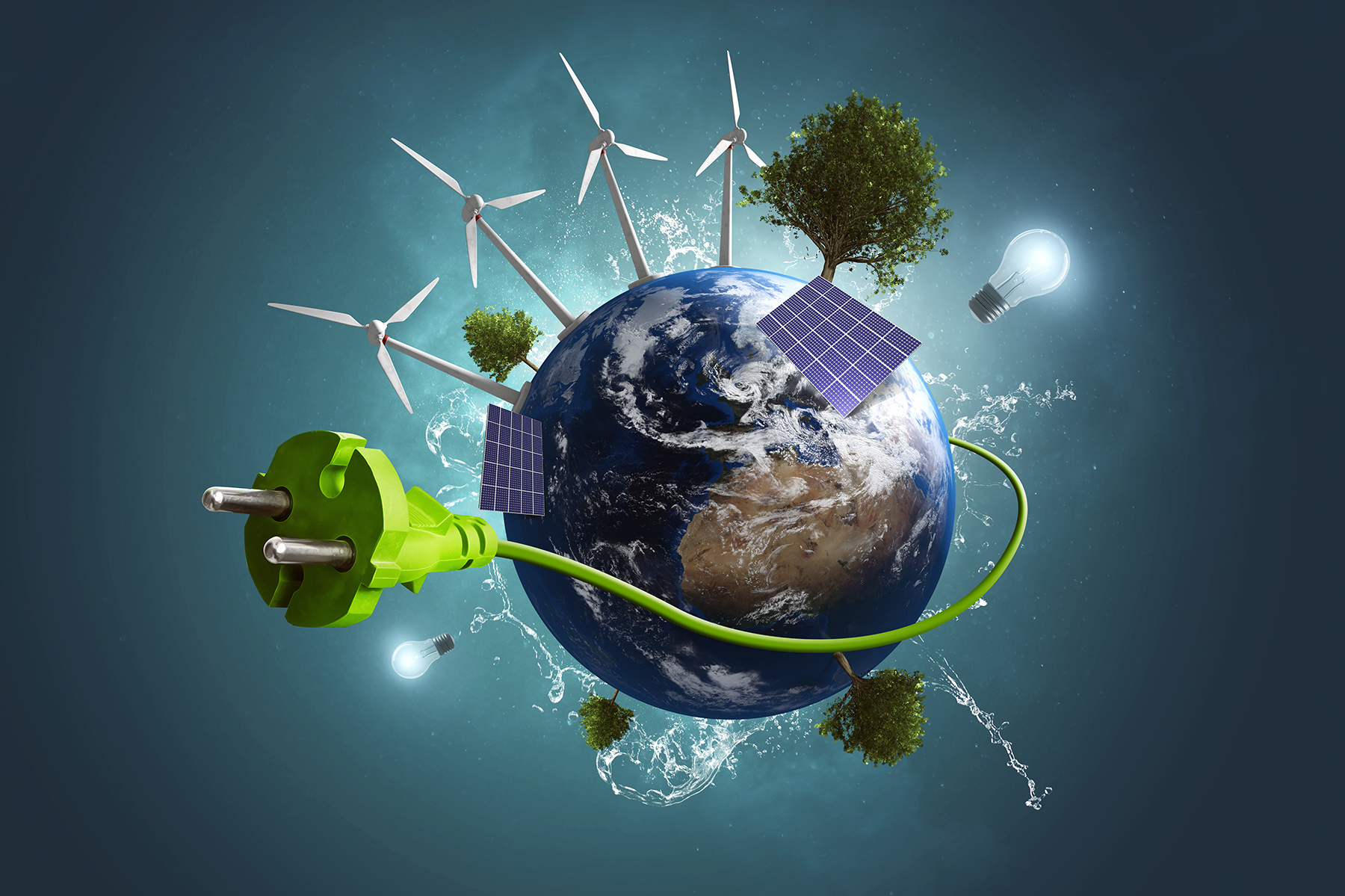
Credit: https://ourfuture.energy/cop26/the-energy-transition/
Background
Synopsis: When we flip on a light switch or charge our phones, we rarely stop to wonder where that energy really comes from. While some sources seem to come from deep underground and others from the sky above, the surprising truth is that almost all of them share a common origin—our planet itself. Earth fuels every form of energy we rely on.
- When we think of Earth’s energy, we often visualize oil wells, coal mines, or uranium being dug from deep underground. These are the classic Earth energies—geologic fuels we burn or react to produce motion and electricity.
- But what about other forms of energy—solar panels, wind farms and hydroelectric dams? These seem to come from the sky, not the ground. Yet dig deeper, and you’ll find they all begin with the planet itself.
- Coal, oil and natural gas are all fossil fuels, created by ancient life and long-term geological processes.
- Coal comes from land plants, mostly ferns and trees, that lived in swampy environments hundreds of millions of years ago.
- Over time, layers of plant material were buried by sediments and transformed by heat and pressure into peat, lignite, bituminous, and, finally, anthracite coal.
- Oil and natural gas originated from microscopic marine organisms like algae and plankton.
- These organisms sank to the ocean floor and were buried under layers of mud and sand.
- Under heat and pressure over millions of years, their organic matter transformed into kerogen, then into liquid oil or gaseous hydrocarbons.
- All of these fuels contain carbon originally captured through photosynthesis, powered by sunlight.
- So, fossil fuels are essentially ancient solar energy made dense and stored in Earth’s crust.
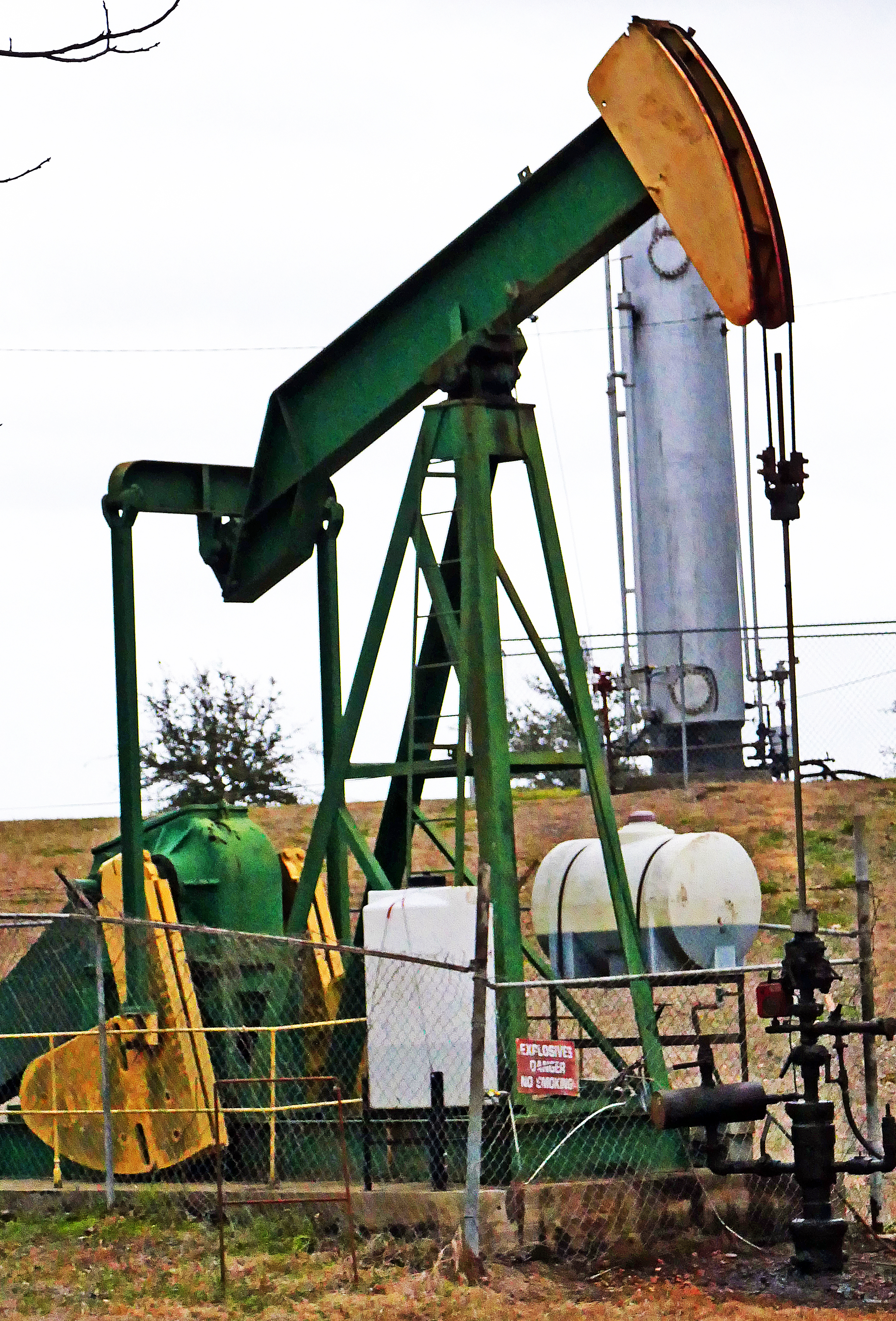
A pumpjack operating at an oil well in Natchez, Mississippi. A pumpjack is used to mechanically lift liquid out of the well if not enough bottom hole pressure exists for the liquid to flow all the way to the surface.
Credit: Calstanhope, CC BY-SA 4.0, via Wikimedia Commons
- Coal comes from land plants, mostly ferns and trees, that lived in swampy environments hundreds of millions of years ago.
- Uranium is a naturally occurring element formed in supernova explosions before the solar system existed.
- It was incorporated into Earth as the planet formed.
- Uranium-235 and uranium-238 are radioactive isotopes that decay over time, releasing energy.
- In nuclear reactors, uranium atoms are split by a fission reaction to release enormous amounts of energy—millions of times more by weight than burning coal or wood.
- The heat produced by fission is used to boil water, generate steam, and turn turbines, then generators.
- Though nuclear power produces no carbon emissions during operation, uranium must be mined, processed and eventually stored as spent radioactive fuel.
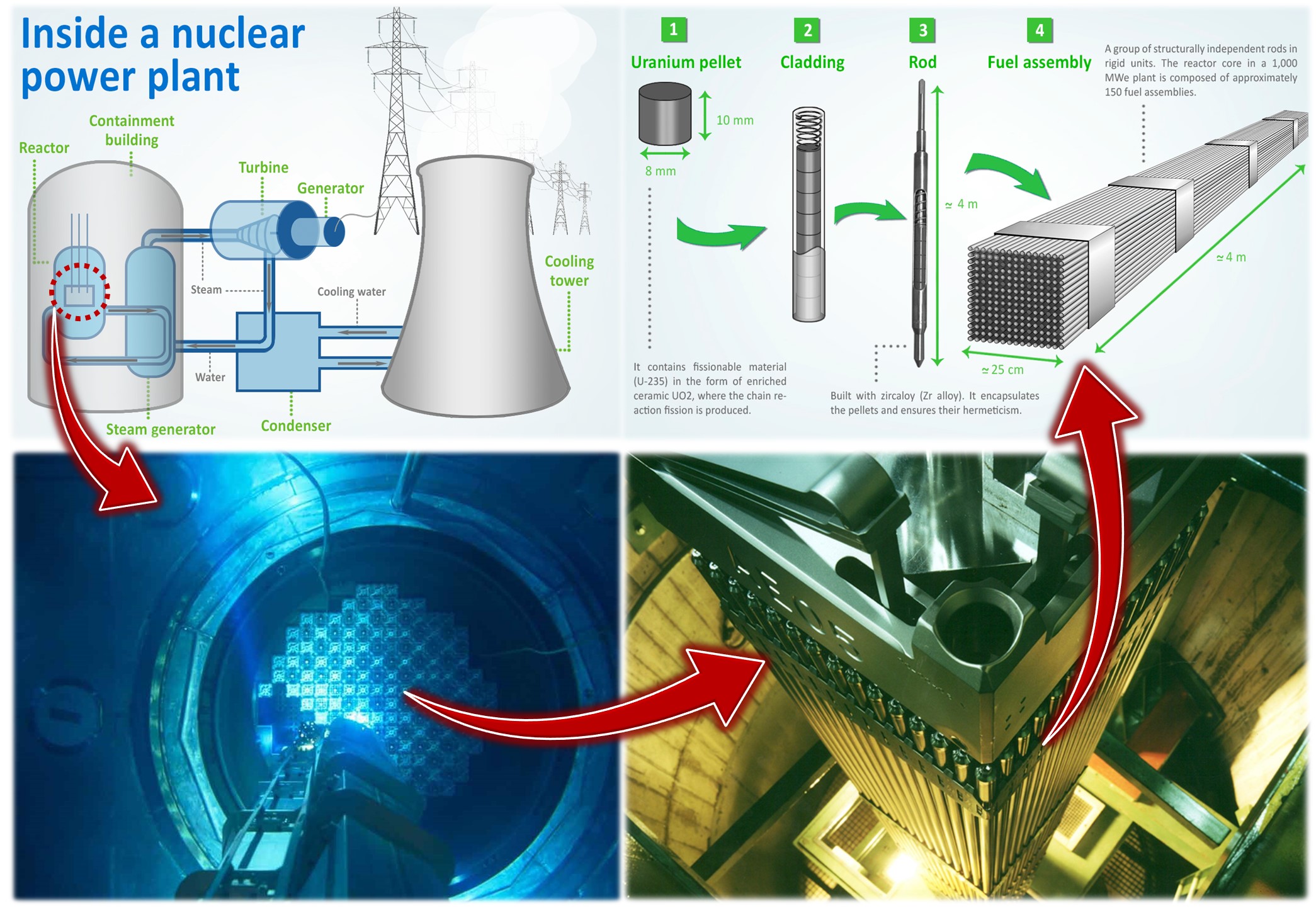
Uranium pellets are stacked in fuel rods which are then combined into a fuel assembly. A power plant uses between 150 and 300 fuel assemblies, depending on the size and type of reactor. A percentage of the fuel assemblies are replaced on a revolving schedule every 18 to 24 months as the fission process decreases the amount of fissionable fuel.
Credit: Captain Nuclear 90, CC BY-SA 4.0, via Wikimedia Commons
- Geothermal energy uses the Earth’s interior that is still hot from its birth 4.5 billion years ago, and from the natural decay of radioactive elements like uranium, thorium and potassium.
- This internal heat flows outward, warming underground water everywhere and coming to the surface in features like geysers and hot springs.
- Geothermal energy taps this heat to generate electricity or provide direct heating.
- Wells can bring superheated water or steam to the surface, where it drives turbines.
- Alternatively, ground-source heat pumps use stable underground temperatures to heat and cool buildings.
- Places like Iceland, the U.S., the Philippines and Kenya have developed geothermal power.
- Solar energy begins 93 million miles (150 million kilometers) away, where hydrogen atoms fuse in the Sun’s core to produce light and heat (electromagnetic radiation).
- On Earth, this radiation powers weather, ocean currents, photosynthesis and the water cycle.
- Photovoltaic (PV) solar panels convert sunlight directly into electricity using semiconductors, typically made of silicon.
- Silicon is refined from quartz sand and then intentionally altered with other atoms in a process called doping, to control the electrical flow.
- When sunlight hits a solar cell, photons (packets of energy) knock electrons loose, creating an electric current.
- Solar panels also require:
- Rare Earth elements (for electronics)
- Aluminum and glass (for frames and casing)
- Copper (for wiring)
- Plots of land or rooftops (for installation)
- Though solar energy is referred to as renewable, its technology is deeply rooted in Earth’s nonrenewable materials that we obtain through mining and manufacturing.
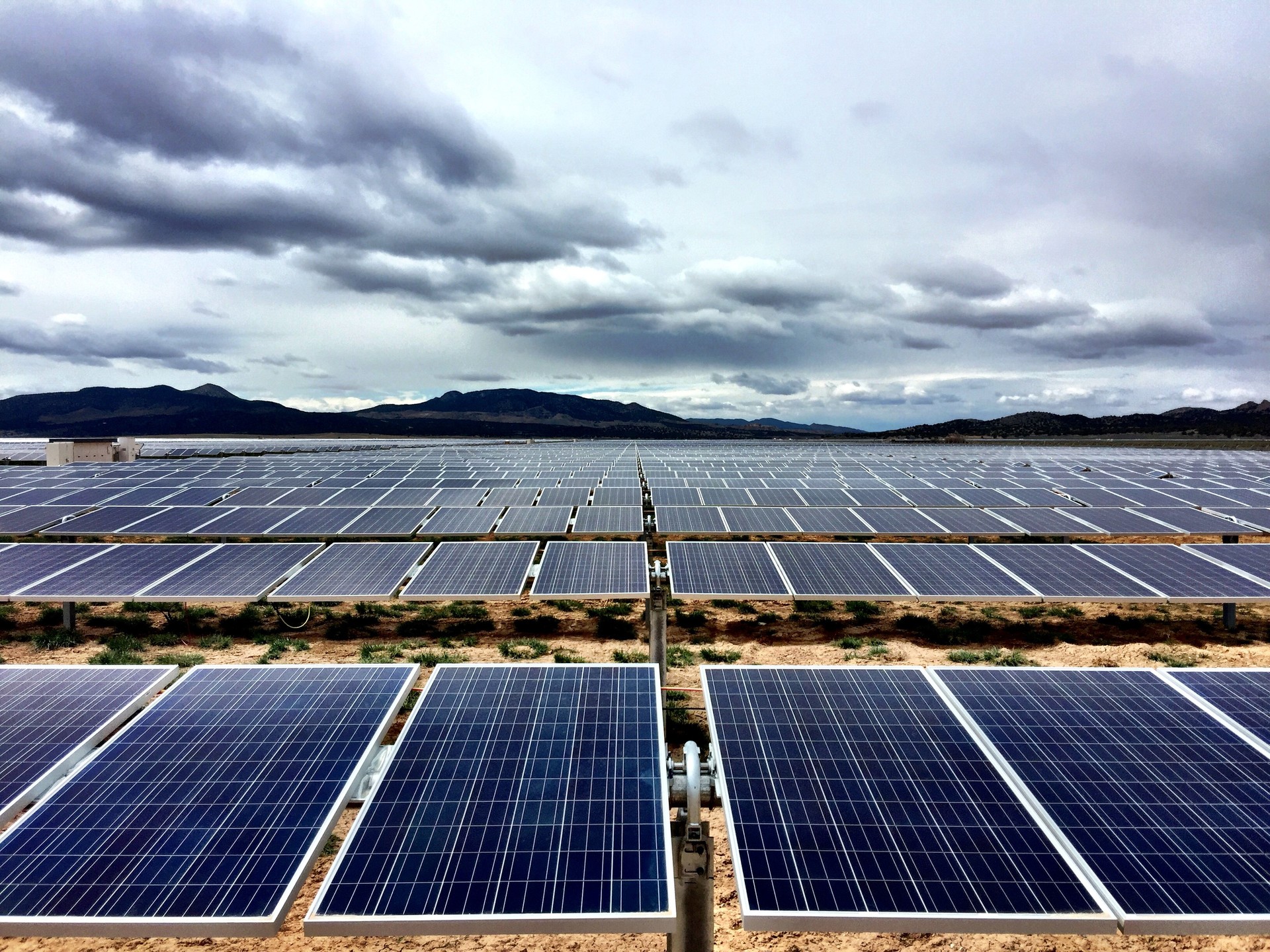
Solar farms like this one in Utah are becoming a common site in locations in the U.S. and across the globe. The efficiency of the panels continues to increase as technology improves.
Credit: Reegan Moen, U.S. Department of Energy, public domain, via Wikimedia Commons
- Wind is air in motion, driven by differences in solar heating across Earth’s surface.
- The equator receives more solar energy than the poles, creating large-scale wind patterns as hot air rises and cool air sinks.
- Earth’s rotation (Coriolis effect), and surface features such as mountains and oceans, shape local wind behavior.
- Wind turbines convert kinetic energy from moving air into mechanical energy, then into electricity.
- Most turbines have a nacelle (gearbox and generator), rotor blades and a tower.
- Considerable mined materials are needed for each turbine including steel, copper, fiberglass, neodymium and concrete—all derived from Earth.
- For example, about 5 tons of copper, mostly for wiring, is required for a 3 MW wind turbine, which requires about 600 tons of mined material for copper alone.
- Wind is solar powered, but only Earth materials make it usable.
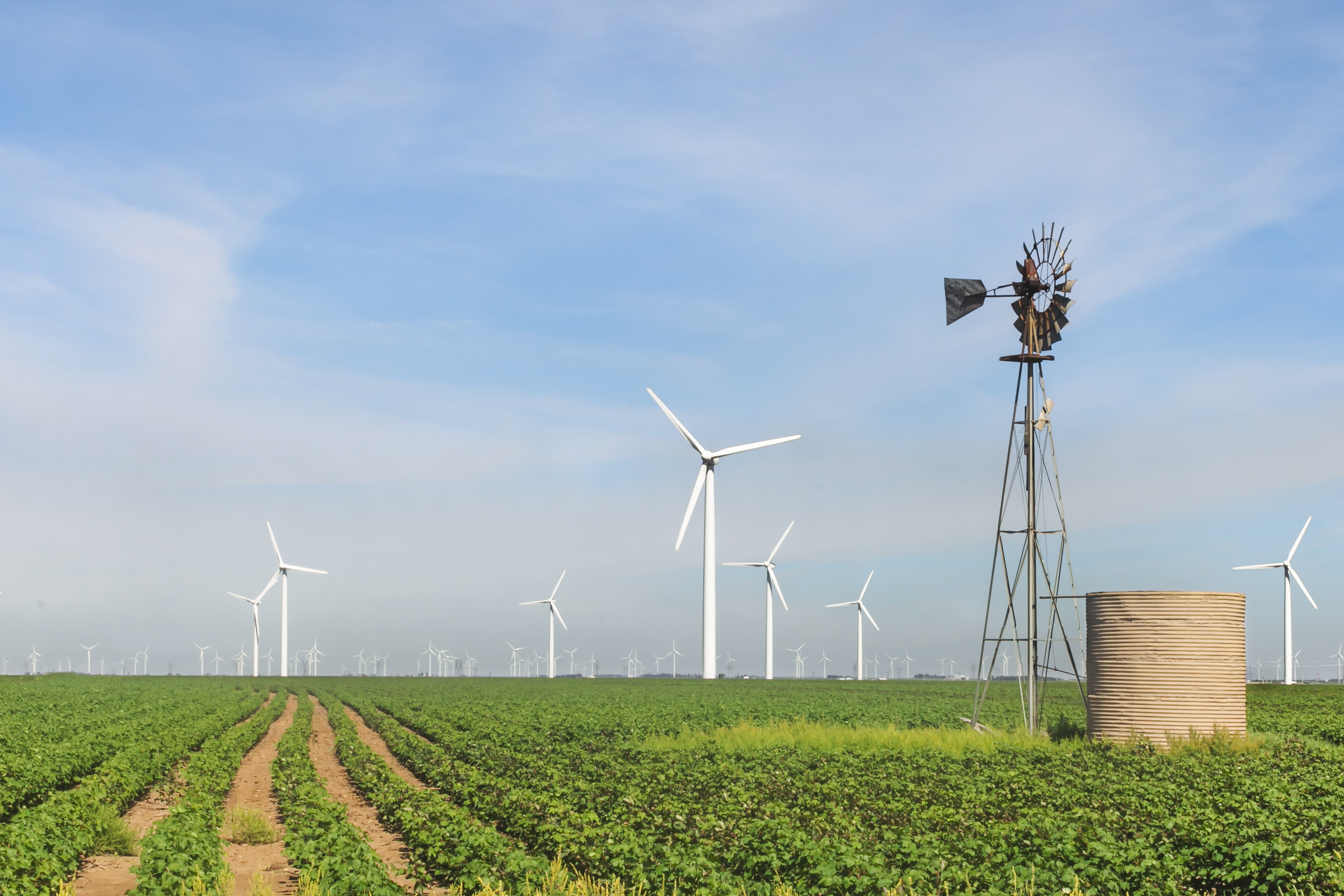
Wind turbines and an old windmill at the Roscoe Wind Farm in West Texas.
Credit: Matthew T Rader, via Wikimedia Commons
- Hydropower uses the potential energy of elevated water to spin turbines and generators to produce electricity.
- The water cycle begins with solar-driven evaporation, then precipitation, runoff, and collection in rivers and reservoirs.
- Dams store water at height—gravitational potential energy—and release it to flow through turbines.
- Dams require massive Earth-based infrastructure:
- Excavation, concrete, steel, and landscape reshaping
- Though there are no emissions in generating hydropower, dams can disrupt ecosystems, alter river flow, and displace communities.
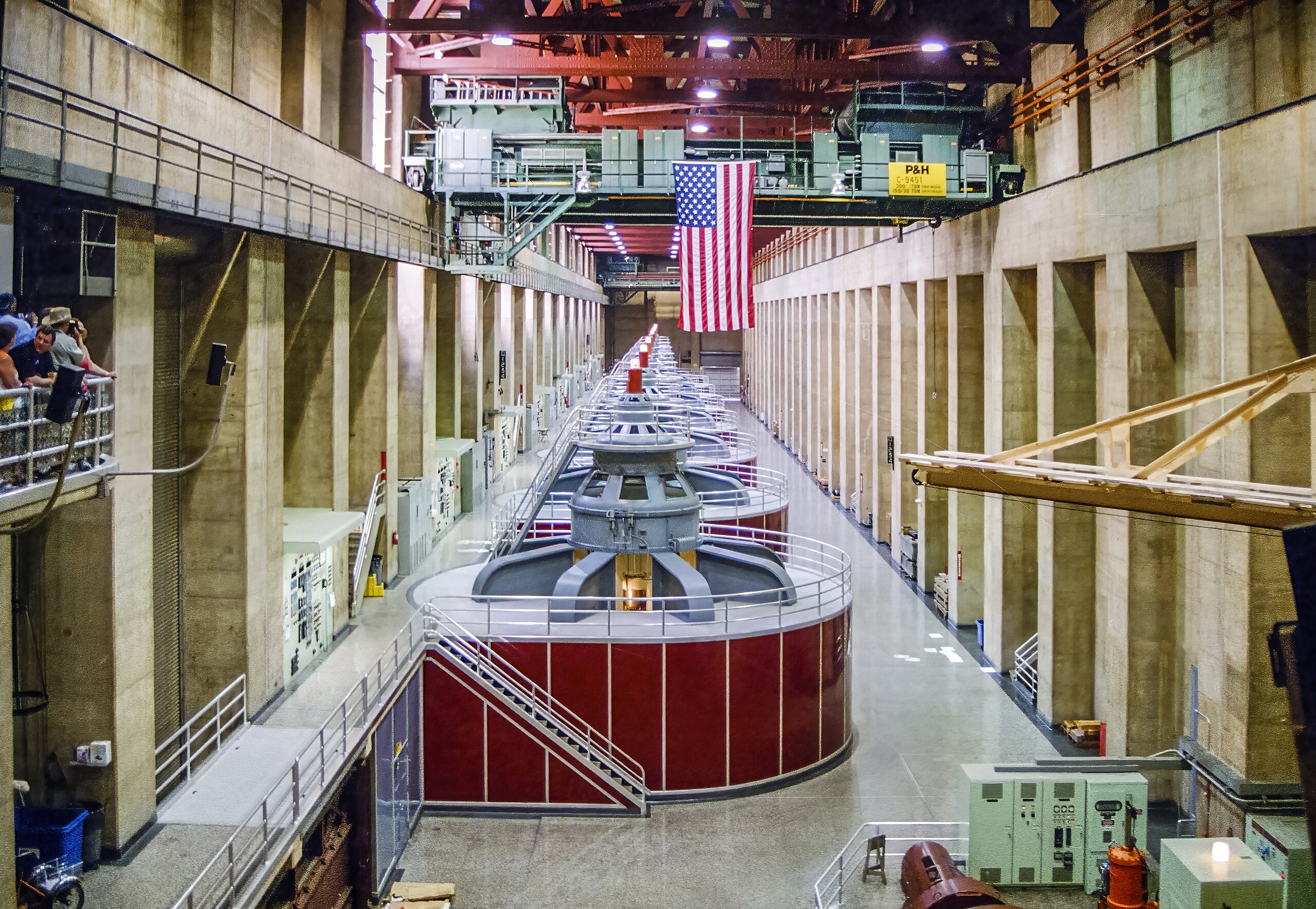
Seventeen generators create power at Hoover Dam, built in 1935. The dam produces four billion kilowatt-hours of electricity annually.
Credit: Acroterion, CC BY-SA 4.0, via Wikimedia Commons
- Every form of energy—renewable or not—is either made by Earth or relies on Earth systems.
- Fossil fuels are formed in Earth’s crust.
- Uranium is mined from Earth’s rocks.
- Geothermal harnesses heat from Earth’s interior.
- Solar captures the Sun’s energy with Earth-derived technologies and materials.
- Wind turbines are all made of mined materials and wind itself is shaped by Earth’s atmosphere and rotation.
- Water is moved by gravity across Earth’s terrain and captured in massive dams made of Earth materials.
- Even the “renewable” energy technologies come from Earth’s minerals, metals and processes.
- As we consider energy for a sustainable future, we must understand how all energies have a deep dependence on Earth’s systems and resources.
- We must consider what minerals we extract, how we manufacture and dispose of energy systems, and how land, water and ecosystems are affected.
- It’s not just about what kind of energy we use—it’s about how we use Earth itself to get it.
- Earth is generous—but not unlimited.
Episode script
As you listen to these words, you’re using energy. The radio in your car is powered by gasoline. Your EV, phone or computer runs on electricity.
We rarely stop to think about the massive amounts of energy we use, 24-7-365. And we rarely think about where it comes from. But I can tell you in one word. Because all energy comes from one place: Earth.
Oil, gas and coal are fossil fuels, made of ancient plants, algae and plankton, that were covered in sediment, compressed, heated and turned into hydrocarbons through time. They’re essentially solar energy converted through photosynthesis and geologic processes into … Earth resources.
As long as we have a sun, sunlight is renewable. But the solar panels to collect it are rebuildable. They too are made from Earth materials—glass, silica and aluminum—then after a couple decades need to be built again, of more materials.
Hydroelectric dams are powered by rainfall, from Earth’s water cycle, but built of giant volumes of concrete and steel.
Drilling, mining and manufacturing, for all these energy systems, consume huge amounts of Earth materials, water and land.
Even the energy that powers our bodies comes from Earth; plants of course, but also fertilizer, farm equipment, transport trucks and grocery stores that are made of, or powered by, Earth resources.
We live on a generous planet that takes care of us. Let’s make sure to return the favor.

